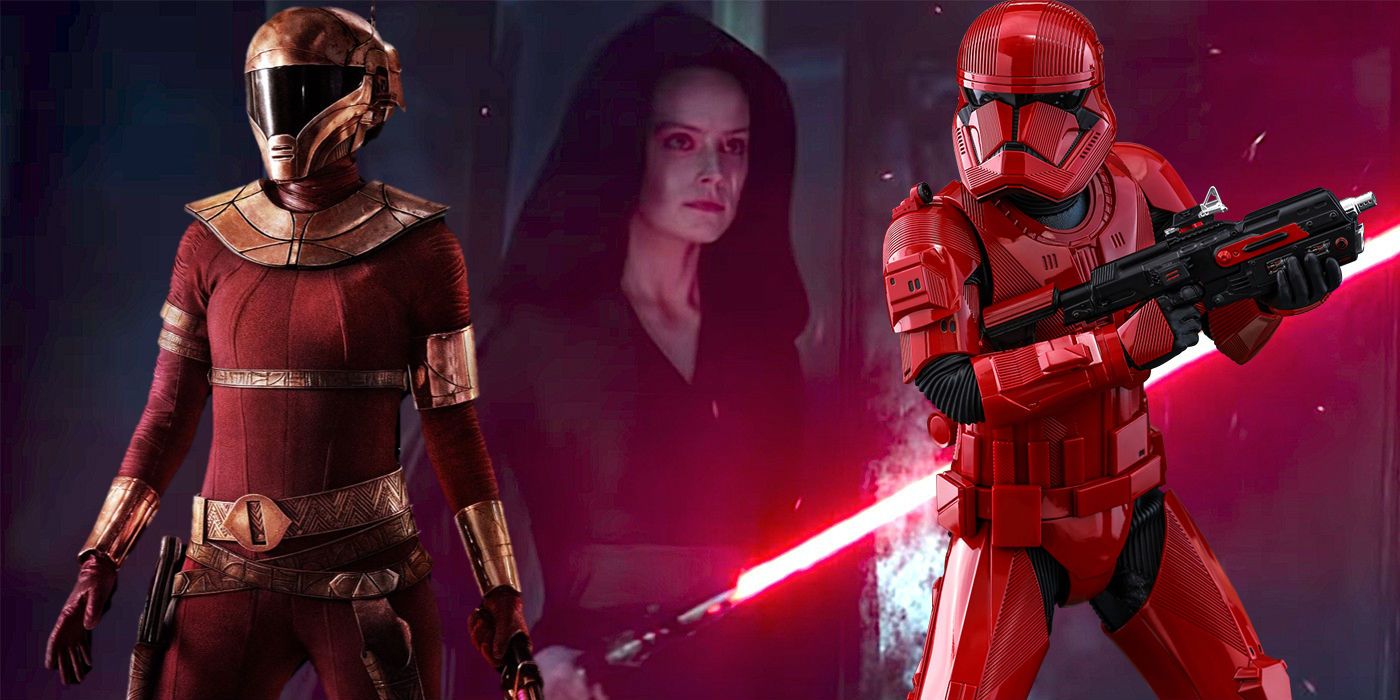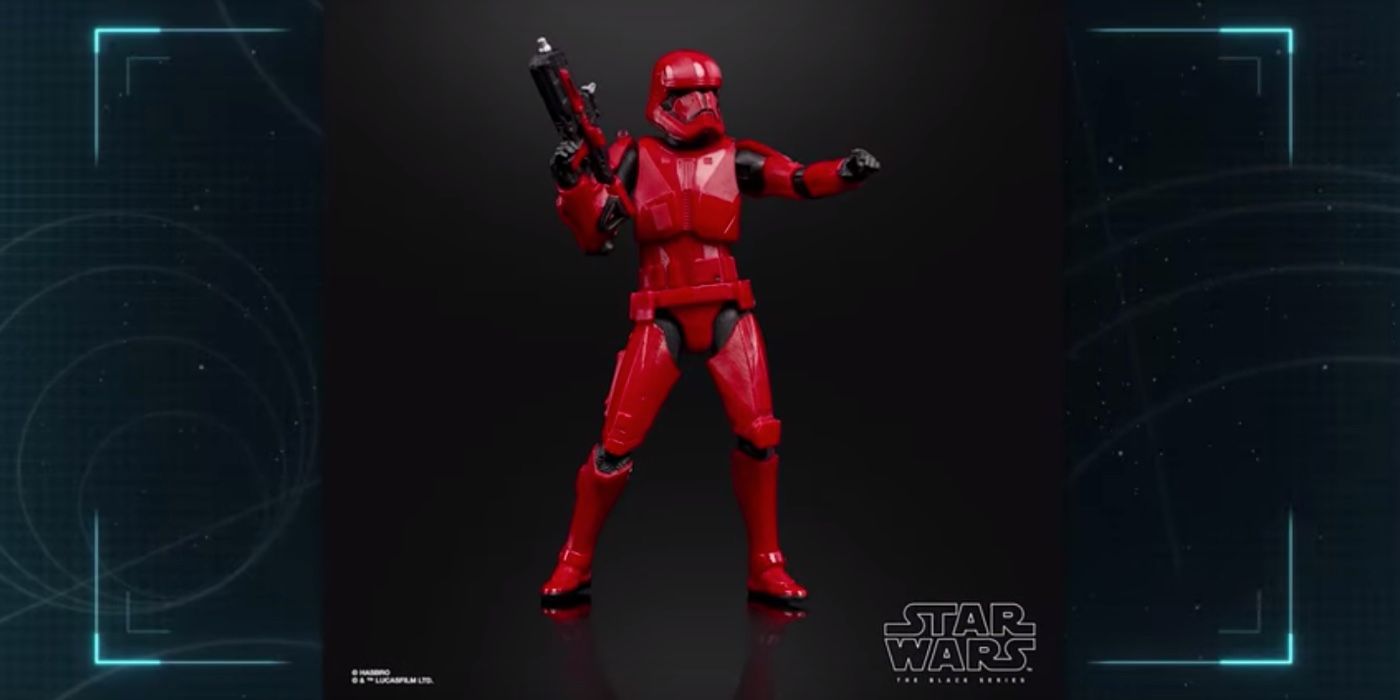Marketing ploys are par for the course with the Star Wars franchise, but The Rise of Skywalker had far too many gimmicks that proved to be narrative dead ends. The self-styled final chapter in the Skywalker saga is proving to be a highly divisive conclusion among Star Wars fans. While some have eagerly praised how J.J. Abrams' second Star Wars offering wrapped things up, others have criticized the frantic pacing, The Last Jedi retcons and various plot points that ultimately lead nowhere. Another common issue for critics is how many elements seemed important during The Rise of Skywalker's marketing, only to be outed as mere gimmicks.
The Star Wars franchise certainly has a history in this practice, arguably tracing all the way back to 1983's Return of the Jedi and the introduction of the Ewoks, which some felt were a deliberate ploy to please younger viewers and shift some cuddly merchandise. The prequels continued this tradition with the addition of Jar Jar Binks but, perhaps in no more than a reflection of modern times, the sequel trilogy has ramped things right up. The Force Awakens had BB-8, the Knights of Ren and Luke Skywalker, while The Last Jedi made full marketing use of Porgs and an evil, angular version of BB-8. However, The Rise of Skywalker didn't only utilize significantly more gimmicky marketing tactics but, unlike many examples above, the gimmicks themselves had virtually no impact on the film.
One of the most obvious is the prominent placing of Dark Rey in The Rise of Skywalker's trailer. This shot was a centerpiece of Episode IX's marketing but truthfully had very little impact on the finished film. The vision of "Empress Palpatine" was largely inconsequential, serving only as a "what might have been" moment that inexplicably included a fancy flip-out lightsaber. Alas, there was much more to come. Darth Vader's iconic wheezing can be heard in The Rise of Skywalker's marketing, yet Palpatine is revealed as the true source of Vader's posthumous voice within the opening few minutes.
Then there were the red-colored Sith Troopers. Given their own high-profile announcement and merchandise range, it was promised the Sith Troopers would be a major feature in The Rise of Skywalker, and while this might've been the case in an earlier cut, the bashful Stormtroopers barely even appeared on-screen. On a similar ticket, Zorii Bliss felt like a vital new character in the Star Wars story, and her mysterious helmet-clad form became a source of intrigue ahead of The Rise of Skywalker's release. Once again, Zori is another peripheral component to the plot, with very little to do and minimal influence on the central story. Add to this the "they fly now" Stormtroopers and the marketing gimmicks that were actually key to the plot, such as D-0 and the return of Palpatine, and it begins to feel like very little initially promised by The Rise of Skywalker was actually delivered.
There are several plausible explanations as to why The Rise of Skywalker might've relied more on gimmick marketing than other Star Wars movies or, indeed, other modern blockbusters. The strategy might be a consequence of the Star Wars sequel trilogy's increasingly spoiler-averse stance. Compared to the trailers and promotion for the original and prequel trilogies (and even The Force Awakens to an extent), J.J. Abrams' mystery box was in full effect, as next to nothing was revealed about The Rise of Skywalker's plot prior to release, other than the return of Palpatine. How does Disney market a film without showing fans anything about the story? With tantalizing visual red herrings.
Alternatively, perhaps the necessity of relying on things like Dark Rey and the Sith Troopers as promotional tools came about due to The Rise of Skywalker's turbulent production. Disney replaced Colin Trevorrow with Abrams prior to filming, but reports have also emerged suggesting sweeping cuts and alterations were made to even J.J.'s vision, resulting in a finished product butchered in post-production. If such chaos were indeed occurring behind the scenes, it's no surprise that Disney's marketing bore little resemblance to what eventually premiered in theaters.


